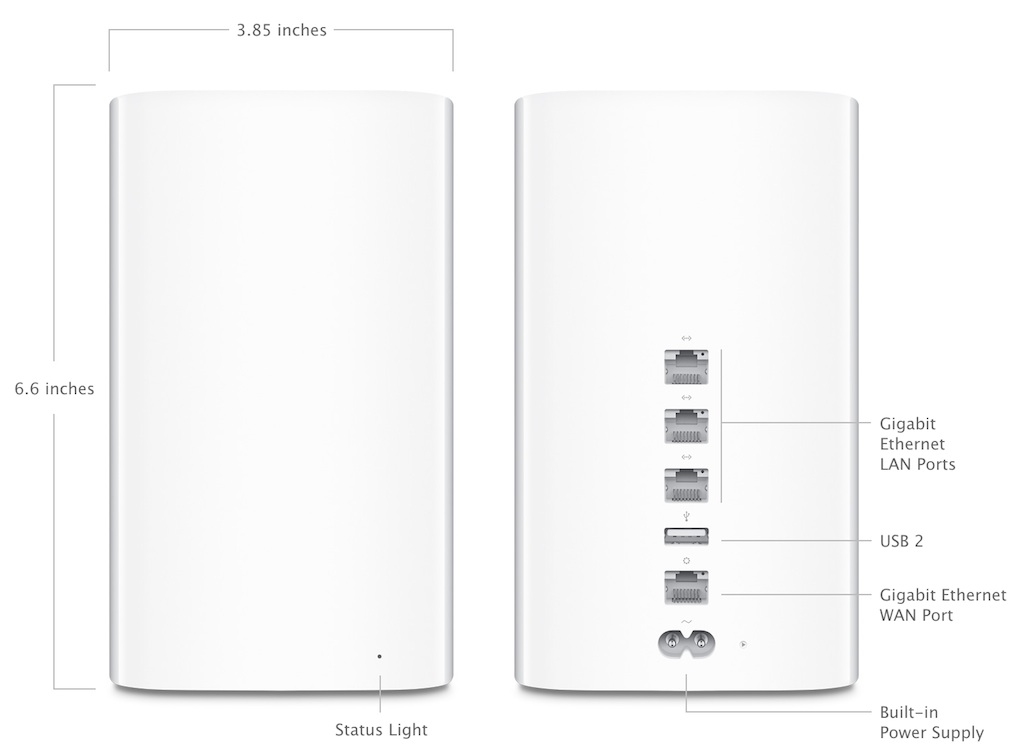
- AIRPORT UTILITY 5.3 FOR MAC OS X FOR MAC
- AIRPORT UTILITY 5.3 FOR MAC OS X MAC OS X
- AIRPORT UTILITY 5.3 FOR MAC OS X MAC OS
- AIRPORT UTILITY 5.3 FOR MAC OS X INSTALL
AIRPORT UTILITY 5.3 FOR MAC OS X INSTALL
Once brew is installed it’s only one command to install Wine: $ brew install wine Just follow the easy guidelines for installation on there homepage : $ ruby -e "$(curl -fsSL )" But there is this wonderful tool called Homebrew, as they call it “The missing package manager for OS X”. There is not a direct DMG package of wine which you can install.
AIRPORT UTILITY 5.3 FOR MAC OS X MAC OS
There might be other tricks in Mac OS X, but I used Wine.
AIRPORT UTILITY 5.3 FOR MAC OS X MAC OS X
The version of Mac OS X on this volume is not supported.” I got the message: “Airport Utility can’t be installed on this disk.
AIRPORT UTILITY 5.3 FOR MAC OS X FOR MAC
Installing the older versions 5.4.2 or 5.5.3 for Mac didn’t work on Mavericks. So I was not able to remove the message with these apps. Also the AirPort app on an iOS device was not able to change or delete this “DHCP Message”. The current version of AirPort Utility for Mac is 6.3.1 and I noticed they stripped some features in this version including the “DHCP Message”.

It was time to remove this message, since it has no use else than annoy people. When I got a MacBook every time I connected via the wireless I got this annoying “DHCP Message” message in a pop-up. I never noticed this message, before on my Laptop with Ubuntu. To authenticate the SMB client for access to the Time Capsule when you have not set up individual users on the Time Capsule, you can use any (non-blank) username (it is ignored) as long as the password is correct.In my home network I use a Airport Time Capsule (4th Generation) as my gateway and DHCP server. A while ago I configured a “DHCP Message” via the Airport Utility. The default workgroup name of "WORKGROUP" is the easiest way to go.

You also want to assign it to a Workgroup if you're using SMB and you want your Linux and Windows machine and the Time Capsule to all be in the same workgroup. With Time Capsule firmware version 7.6 and later you have 3 choices for password protection: you can use the same password for file sharing that you use fo Time Capsule, you can use a different password, or you can go all out and set up multiple users, each with their own password (and corresponding ownership and permissions features).

Now select the File Sharing panel to get to the rest of the configurations you need to set. You should avoid hyphens, too, as sometimes hyphens are converted to spaces and sometimes spaces are converted to hyphens and it just gets unnecessarily confusing. This partition name is the root directory name for the SMB share, so make it short and without spaces. (Click on the triangle next to "Time Capsule Disk" if you don't see a partition name under it.) Click on the partition name an the right panel changes to show you information about it, including giving you the ability to change its name. My Time Capsule just has the internal drive with one partition.

Note that like Disk Utility, the list is hierarchical, with drive partitions listed under drive devices. That should present you with the "Disks" pane, which should list the disks in and attached to the Time Capsule. From the AirPort Utility, select the Time Capsule, select Manual Setup, click on the Disks tab. You need to explicitly enable File Sharing on the Time Capsule using the AirPort Utility. Airport Utility 6.0 is greatly simplified and missing a ton of features that were available in 5.6. If your are on Snow Leopard or earlier, you probably already have 5.6. You can download Airport Utility 5.6 from Apple. If you are running Lion, 6.0 is installed by default but you can have both installed on your Mac and use both. Note that the following setup assumes you are using Airport Utility 5.6 or later but NOT Airport Utility 6.0. You can, however, mount the Time Capsule's disk drive as a file share using either AFP or SMB and use any program that will back up files to a file share, which is almost any program that backs up to disk, although beware of possible issues relating to ownership and permissions and unflushed buffers. Super highly unlikely you'll find something like Time Machine, as that relies on file-system event logging that was custom made by Apple for Mac OS X.


 0 kommentar(er)
0 kommentar(er)
